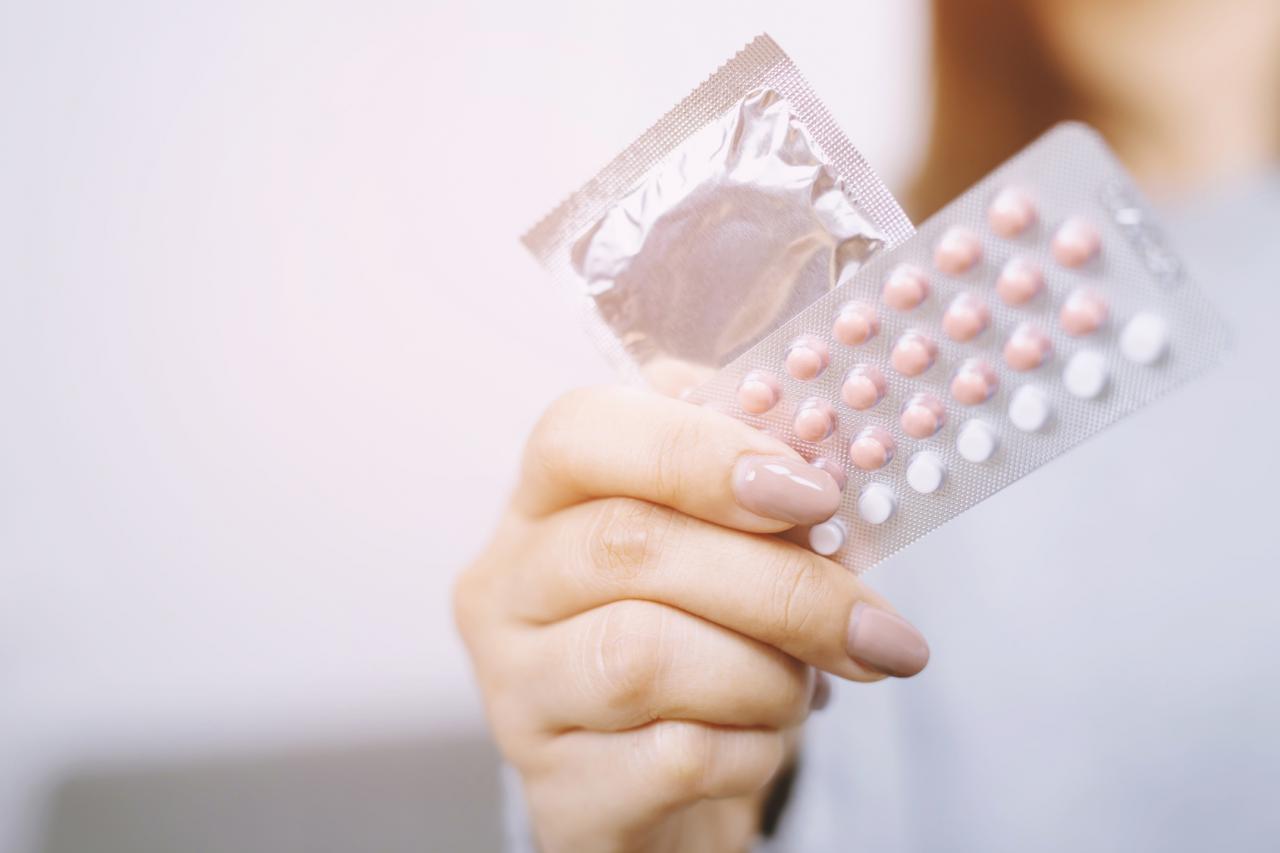By Marjorie Crandall, Ph.D.
The typical woman with vulvar pain recently had yeast vaginitis and was treated with an antifungal for a short time. After her severe symptoms of itching and vaginal discharge resolved, she was left with vulvar redness and burning.
I propose that this residual inflammation can be due to yeasts remaining in vulvar and vaginal tissues.
During an active infection, yeasts invade underlying tissues and penetrate inside epithelial cells, where they stop growing, but continue to release yeast digestive enzymes and toxic metabolic products that cause chronic tissue irritation. I coined the phrase latent intracellular yeast infection for this condition.
The medical term for this low grade yeast infection is chronic atrophic erythematous candidiasis, in which atrophic means not feeding, not growing; and erythematous means red tissue. The textbook example is the red, burning gums of people with false teeth, called denture stomatitis. Such an inactive yeast infection can also account for the red, burning vulvas in women with vulvodynia or vulvar vestibulitis.
You are probably wondering how to diagnose this latent intracellular yeast infection. Since yeasts are in the tissues and not on the surface, vulvar and vaginal swabs will give negative results when tested by microscopy or culture. Furthermore, there are too few yeasts to show up in biopsies. Hence, the diagnosis of the red form of yeast infection is based strictly on clinical signs and symptoms, history of vaginal yeast infections, and risk factors that cause candidiasis.
The following treatments for vulvodynia are recommended in my Candida Information Packet (http://www.yeastconsulting.com/packet.html):
• long term, daily treatment with a systemic antifungal
• hydrocortisone cream for vulvar burning
• testing and treatment for Candida allergy
• avoiding all risk factors for yeast infections such as antibiotics, estrogen, etc.
• lifestyle changes to avoid contact dermatitis caused by spermicides, deodorants, etc.
Your recovery from vulvodynia after following all my recommendations will confirm your diagnosis of an inactive yeast infection.
Dr. Crandall is a microbiologist and founder of www.yeastconsulting.com. She is a Candida researcher and former vulvodynia patient.
1. Crandall, M. (1991) Allergic Predisposition in Recurrent Vulvovaginal Candidiasis. Journal of Advancement in Medicine 4: 21-38.
Copyright, 2008, Marjorie Crandall, Ph.D




Add a Comment2 Comments
Candidiasis encompasses infections that range from superficial, such as oral thrush and vaginitis, to systemic and potentially life-threatening diseases. Candida infections of the latter category are also referred to as candidemia or invasive candidiasis, and are usually confined to severely immunocompromised persons, such as cancer, transplant, and AIDS patients, as well as nontrauma emergency surgery patients.
May 24, 2014 - 9:00amThis Comment
Great site! Thanks for sharing information.
September 30, 2010 - 12:07amI want to know more about it. =)
(Link removed by moderator.)
This Comment